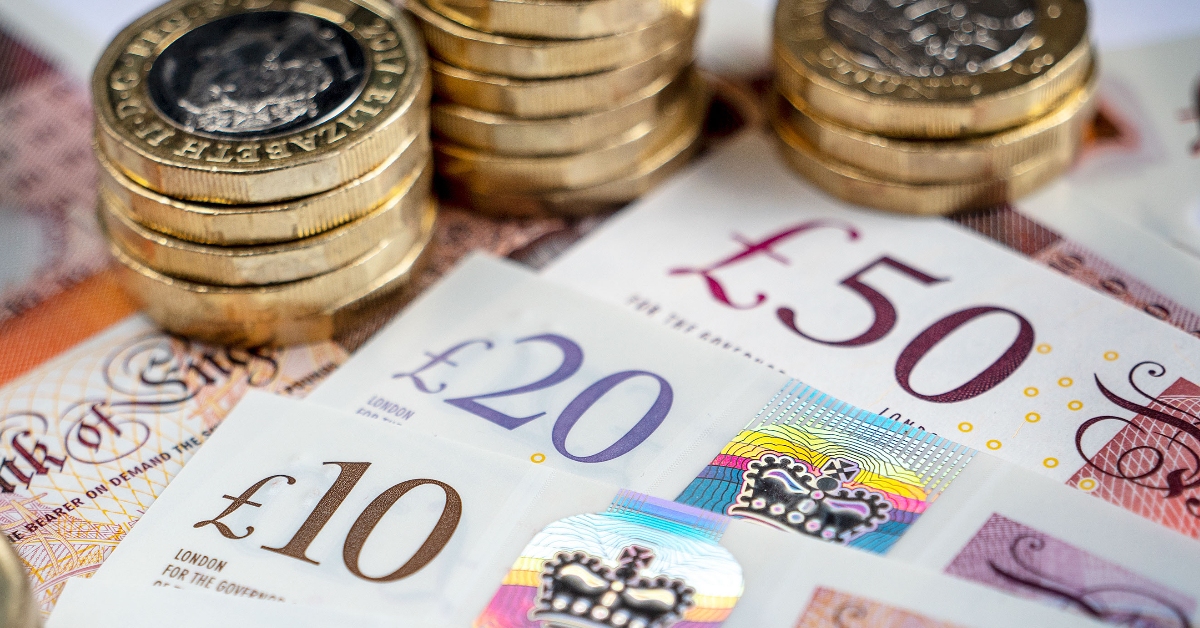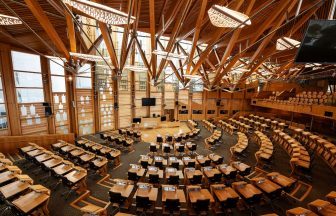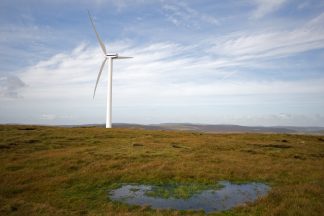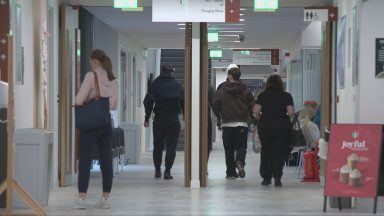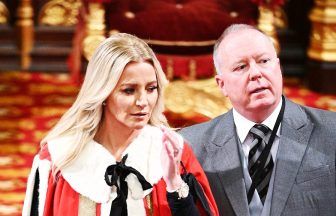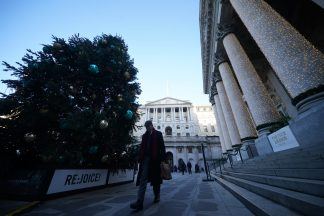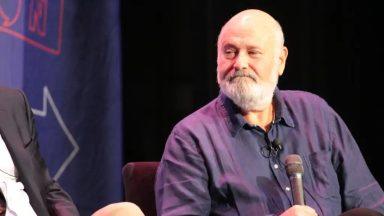The Bank of England has cut interest rates to 4% on Thursday, their lowest level for more than two years.
The Bank’s nine-person Monetary Policy Committee (MPC) voted by a majority of 5–4 to reduce rates by a quarter of a percentage point, cutting them from 4.25%.
It’s the third time this year that the bank has cut interest rates, and the fifth time since last July.
It came after the MPC was forced to take a second vote for the first time in its history.
The committee initially saw four members vote for the 0.25 percentage point reduction, four vote to keep rates at 4.25% and one, Alan Taylor, vote for a 0.5 percentage point cut.
Governor Andrew Bailey then led a second vote, where Taylor gave his backing for a cut to 4%, providing a majority of five to four.
Bailey said: “We’ve cut interest rates today, but it was a finely balanced decision.
“Interest rates are still on a downward path, but any future rate cuts will need to be made gradually and carefully.”
The Bank of England rate is the most important interest rate in the UK.
A change in the bank rate generally affects how much people spend, and how much people spend overall influences how much things cost.
A lower rate makes it cheaper and easier for people to borrow money. It can also reduce homeowners’ monthly mortgage payments.
It generally reduces the amount of interest that people repay on loans, and is one way of bolstering economic activity.
The rates have been cut in an effort to boost the economy amid a weak forecast.
The Bank of England published its latest economic report on Thursday, and official figures show that unemployment has increased in recent months after the economy shrank in April and May.
Inflation has also risen by more than expected, reaching 3.6% in June, which is above the Bank’s 2% target.
The Bank of England’s latest report has predicted higher-than-expected inflation this year.
It is expected to peak at 4% in September, up from a previous 3.5% estimate. Inflation is then expected to fall back towards the 2% target.
The Bank added that UK GDP growth has remained “subdued”, consistent with a continued, gradual loosening in the labour market.
“A margin of slack is judged to have emerged in the economy. Downside domestic and geopolitical risks around economic activity remain, although trade policy uncertainty has diminished somewhat,” the report said.
Employers are also facing higher costs, including an increase in National Insurance Contributions and the national minimum wage.
UK Chancellor Rachel Reeves raised National Insurance contributions for employers as part of her first autumn budget.
Business leaders warned that the rises would force them to cut jobs and put up prices.
Westminster response
Reeves has said the fifth interest rate cut since the general election is “welcome news”.
“The stability we have brought to the public finances through our Plan for Change has helped make this possible and helped us become the fastest growing economy in the G7 in the first quarter of this year,” she said.
The Tories have said interest rates are falling to support the “weak economy” they said Reeves has created.
“Rachel Reeves claims credit for interest rate cuts – but rates are coming down to support the weak economy she has created. Inflation has almost doubled on her watch and unemployment is rising,” shadow chancellor Mel Stride said.
“With economists warning Labour have created a £50 billion black hole and the chancellor refusing to rule out further harmful tax rises, Labour are showing they don’t understand the economy.”
Follow STV News on WhatsApp
Scan the QR code on your mobile device for all the latest news from around the country


